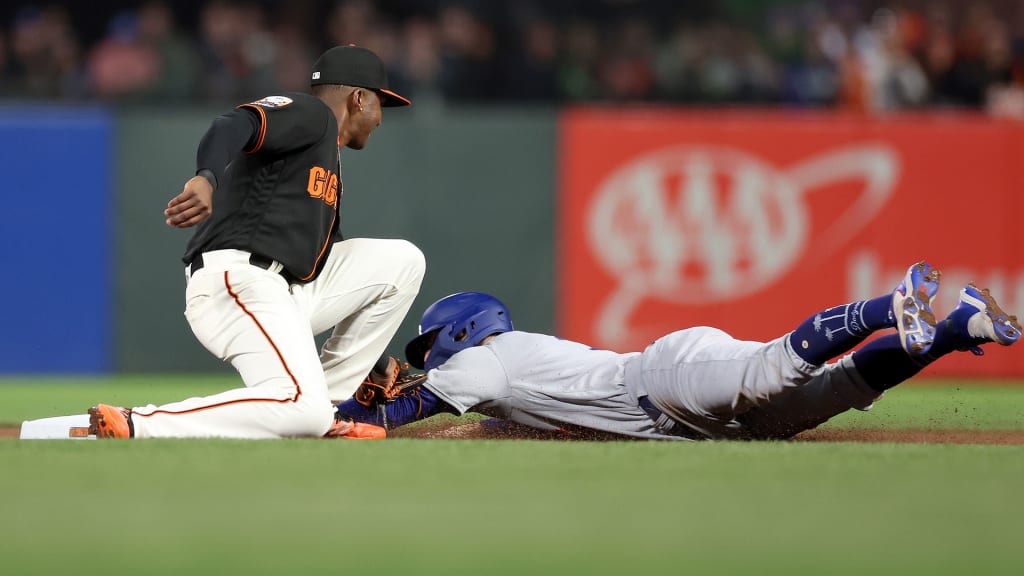
In an effort to target egregious blocking of the bases by defenders, Major League Baseball has provided guidance to its umpires on an existing rule that targets obstruction of the runner¡¯s path.
Existing Rule 6.00(h) awards the base to the runner when the fielder is ruled to have impeded the runner¡¯s progress while not in possession of the ball and not in the act of fielding the ball. The rule leaves it up to the judgment of the umpire as to whether a fielder is in the act of fielding the ball.
MLB¡¯s guidance, which was communicated to all 30 managers on Wednesday, emphasizes the existing rule and asks umpires to call obstruction if they determine a fielder has positioned himself to impede or hinder a runner¡¯s path to the base before receiving the ball. The play remains non-reviewable, and the point of emphasis only applies to the bases, not home plate (which has its own rule regarding when and whether catchers can block the paths of runners).
This guidance, which MLB experimented with in the 2023 Arizona Fall League, was deemed necessary in light of a recent trend in which the league has observed an increase in egregious blocking of the bases, most notably by fielders dropping a knee or leg down in front of the base while receiving a throw to block the runner¡¯s path. This trend runs counter to MLB¡¯s stated goals of increasing aggressiveness on the basepaths via pickoff limits and bigger bases and of reducing injuries.
Pirates star Andrew McCutchen spoke out about this trend last season.
¡°It¡¯s inevitable that someone is going to get hurt,¡± McCutchen told The Athletic. ¡°The only thing we can do is slide cleats-first and possibly injure [the fielder] or injure both of us. ¡ Why not do something now to protect the players and also maintain the integrity of the game? To me, it makes perfect sense to say, ¡®You can¡¯t block the base.¡¯ That¡¯s it. If the throw takes you there, OK, I get it. But you can¡¯t intentionally camp out in the lane.¡±
That, essentially, is what this guidance states. Whereas these matters were once legislated on the field by runners sliding into fielders with their spikes, that type of aggression has culturally faded from the modern game, leading fielders to take more liberties with how they block the bases.
Fielders may continue to block the base while in possession of the ball and while in the act of receiving the ball. The latter exception has historically been interpreted to mean all defensive activity with the ball headed in the fielder¡¯s direction. The guidance being applied in 2024 makes it more clear to umpires that the blocking of the base is only acceptable if such positioning is necessary to catch the ball or apply the tag. Otherwise, it is obstruction.
A common play that this guidance will affect is the stolen-base attempt at second base. Where once middle infielders were able to lay their legs down in front of second base prior to catching the ball and applying the tag, now such a maneuver would be considered obstruction. This could further incentivize base-stealing attempts, which increased 32.5% in the new rules environment in 2023.

